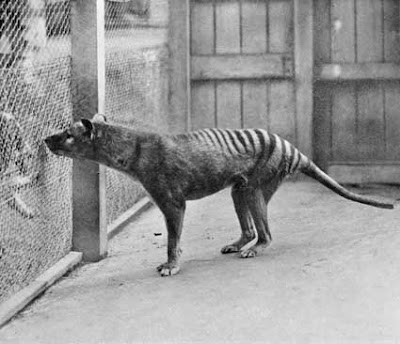Earth, Wind, and Fire: The Story of Our Planet

The Earth hums a quiet song, its melody made of earth, wind, and fire. Beneath us, the ground holds us steady, shaped over millions of years by forces unseen. Tectonic plates move, slow as the passing of time, creating mountains, carving valleys, shaping the world we walk on. The wind is a silent hand, always shifting. It sweeps across the deserts, moves across oceans, and whispers through the forests. It carries seeds, sculpts cliffs, and stirs the sea. We do not see it, but we feel it in the air, the force that connects everything. Fire comes from the sun. It is the pulse of life. Its light travels 93 million miles, touching everything. It warms the earth, melts the ice, feeds the plants. Without it, nothing grows, nothing lives. The sun is life itself, burning at the center of it all. Life on Earth is vast and varied. From the smallest insect to the largest whale, each plays its part. The oceans teem with creatures we will never see, yet they shape the air we breathe. In the soil, m...







